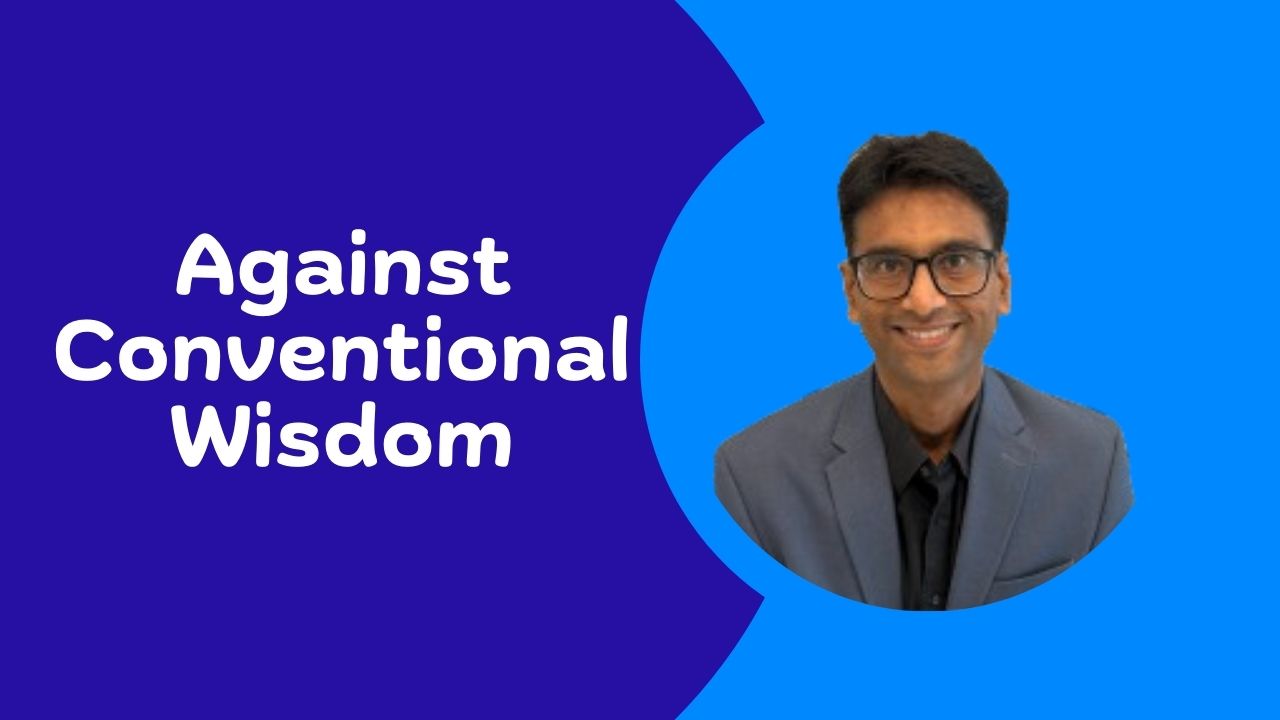
As leaders, we are expected to have a vision of the future that we are leading our teams towards. To build this vision, we need to be able to think of the potential and probable futures, to decide and pick the one that we want to move towards.
So, we need to learn to think about futures and learn the skill of foresight. Here is a conversation in which futurist Sohail Inayatullah (from MetaFutures) shares his perspectives with examples about thinking of transformational futures.
Here are some lessons I learnt from listening in to this conversation.
As leaders, we live in a world that is evolving at a rapid pace. What this means is that we are constantly needed to respond to this evolution and change in the context within which we operate. According to Sohail, here are a few ways in which we can respond to the changing context:
No Change:
The easiest thing to do for leaders is to ignore the changing context at the risk of becoming obsolete. No response is also a response. In many cases, leaders are so overwhelmed by the change that they freeze and choose not to response (consciously or unconsciously). Sometimes this could be the best response but more often than not, this is the response that is the path of least resistance and in the long term can prove to be catastrophical.
Marginal Change:
When the leaders choose to respond to the changing context with minimal change, just enough to get a sense that they are changing but not in relation to the changing contexts. This is the option that makes us feel good that we are making some change without really changing anything in any meaningful way. In my opinion, this is the most dangerous of all the choices that one could make as a leader because this creates an illusion that we are responding to the changing context without actually doing so in any meaningful way.
Adaptive Change:
This is the response that is in proportion to the changing context that we live in. This is when we truly understand the impact of the changing context and our place in the new world order. We respond with appropriate level of change so that we continue to stay relevant in the new context. This is akin to being able to maintain status quo in a changing world order.
Radical change:
This response is taking a step further to explore how we can be not just relevant but also improve our standing in the new world order. This response requires us to understand not only the changing context but also takes into consideration, what we want to move towards and what we want to become in the new world order.
Transformational Future:
This is probably the most difficult response for any leader to go towards. This requires to not only understand the changing contexts but also what role we want to play in the new world order while also understanding how we need to evolve as a team to be able to Thrive in this new context.
Sohail, in this video, talks about the importance of looking at all these responses and then deciding, consciously, at what level we want to respond. This is a conscious choice and can be based on many realities – the maturity of our teams and organisation, the ability to lead a transformational change, the time horizon we have, etc. The key here is to make a deliberate choice after having looked at all the potential and probable responses.
He also shares that Thinking about Futures is a deep learning journey – a journey that takes us from the “Known to the unknown“; from the “Possible to the impossible“, from being “Comfortable to becoming Uncomfortable“, from “Trying to winning a chess game, to changing the game itself“.
In conclusion:
The question then is how does one go about thinking about these futures? In order to understand our future, we need to understand our present and what we want to become. One way to do so is to ask ourselves the question – “What’s our metaphor?” for what we are doing and why we are doing that.
The answer to this question can lead us in directions that are not linear and therefore help us explore what a Radical or a Transformational future could look like. Marginal and adaptive change are linear responses to our changing contexts while radical and transformational change are non-linear responses to the same.


